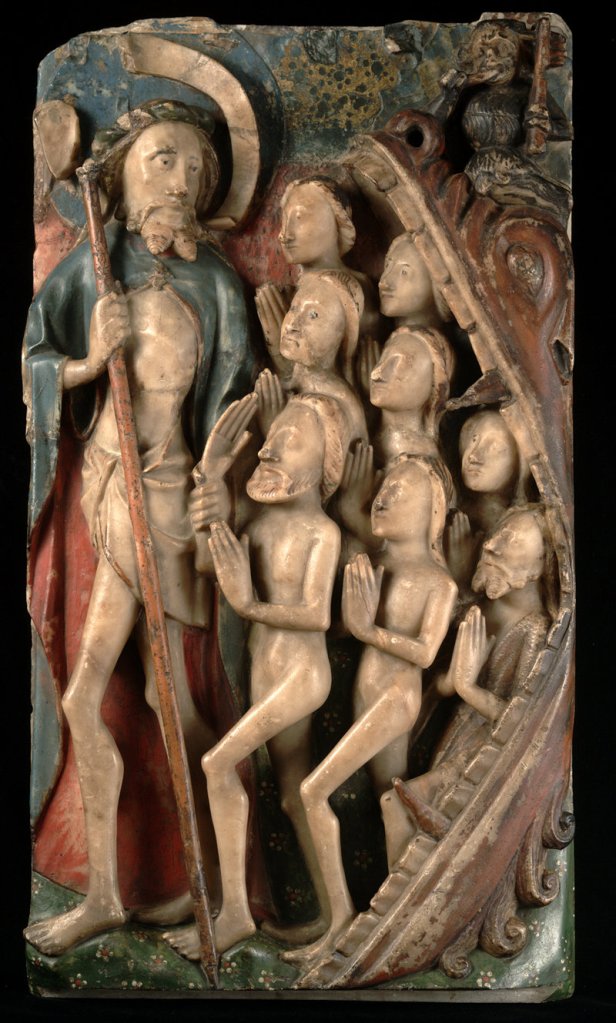Beginning today, the Bowdoin College Museum of Art opens an exhibition that offers insight into the religious ways of the old world through an examination of finely decorated small-scale sculpture.
“Object of Devotion” features about 60 carved and decorated alabaster sculptures created during the late medieval period. These pieces represent the artistic efforts of anonymous artists and craftsmen who mass-produced this work for international markets. Their purpose was to brighten the homes and the spiritual lives of everyday people, said Joachim Homann, a Bowdoin curator.
“This exhibition offers a glimpse into the image-making and devotional practices of the medieval era. To have this much material of this quality traveling is very, very rare,” he said.
This collection comes from the Victoria and Albert Museum of London, which owns one of the largest collection of alabaster devotional pieces in the world. Bowdoin was interested in hosting the exhibition because of the college’s strong focus on medieval art history and religious practices.
Its opening coincides with the Winter Open House at the museum, which includes a reception at 5:30 p.m. today.
Homann has arranged the exhibition to coincide with “The Bible Illuminated: R. Crumb’s Book of Genesis.” This show features a complete set of black-and-white drawings from 2007 that illustrates the stories of Adam and Eve, Noah’s Ark and others. Crumb incorporates words from the Book of Genesis in his drawings, putting a new twist on the Bible.
The two exhibitions provide quirky bookends — a zany, irreverent and contemporary take on the Bible in one, and a serious look at English religious practices of 500-plus years ago in the other.
The medieval sculpture provides a window into a moment in time. During the late-medieval period, Homann said, English carvers made finely decorated sculptures from alabaster, a calcite-based material that was workable with a knife but hard enough to withstand the rigors of transport.
These pieces were generally small sculptures meant to enliven the homes of common folk. “These are the images that people in the late-medieval period cared about, images that everyone wanted to have in their homes. I think this exhibition speaks about religious devotion and religious lifestyles,” he said. “The images reflect the society of the time. It’s a sign that people took religion as a serious matter.”
Staff Writer Bob Keyes can be contacted at 791-6457 or at: bkeyes@pressherald.com
Follow him on Twitter at: twitter.com/pphbkeyes
Send questions/comments to the editors.



